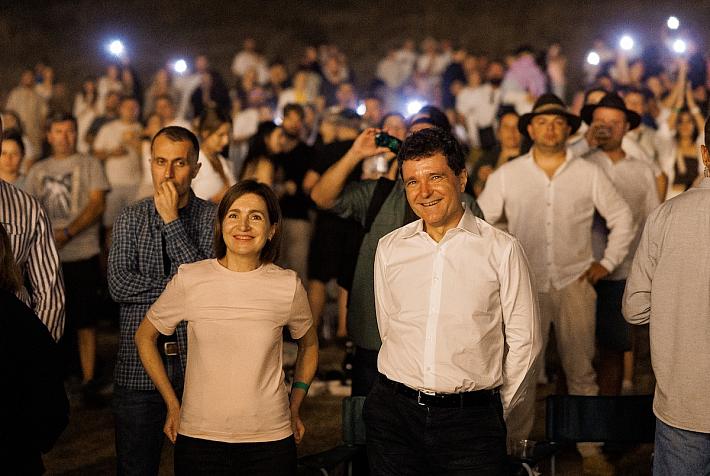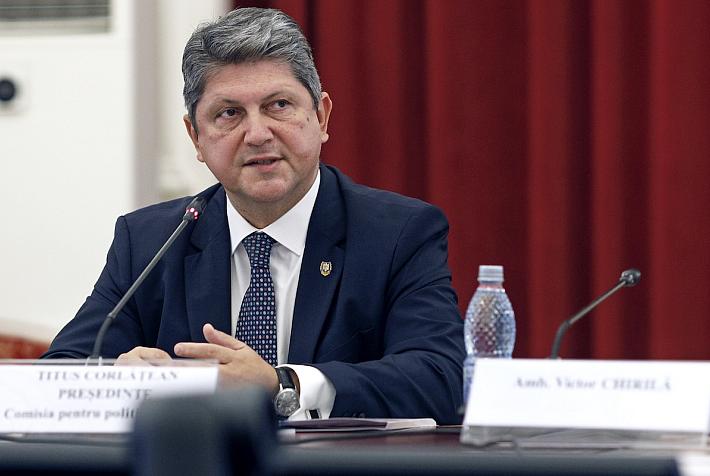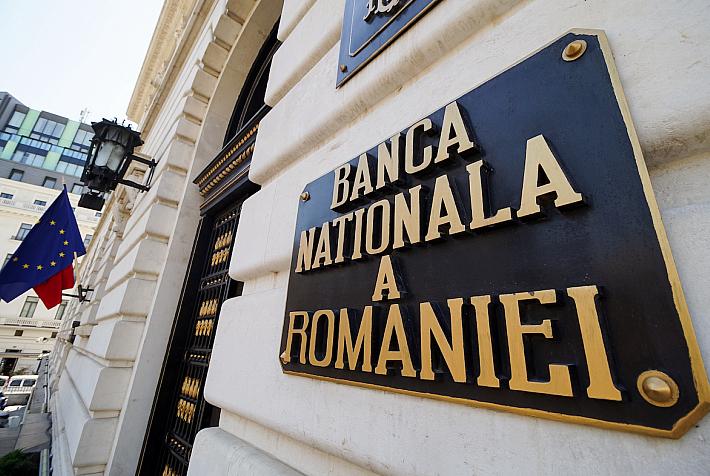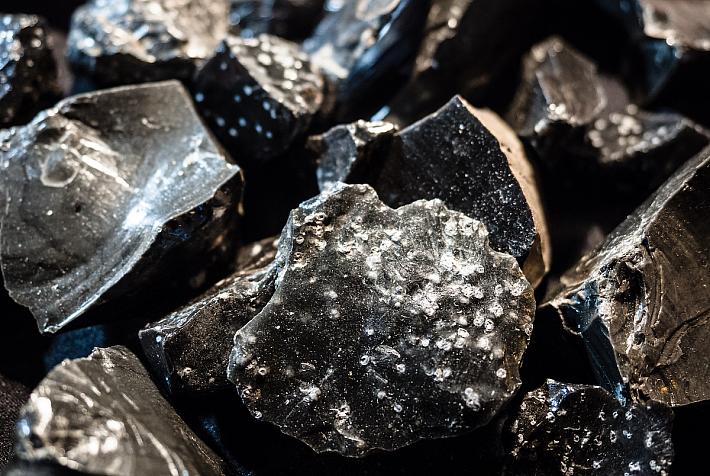Former furrier to the Romanian royalty named 'living human treasure' by UNESCO


The UNESCO Commission recently named Romanian Dumitru Sofronea, the former furrier to King Michael of Romania, a “living human treasure”. The furrier from Dragus, Brasov county learned his craft when he was a child and has kept it alive until today.
Now 76, Dumitru Sofonea continues to work with his bare hands, and is one of the best known furriers in Romania. He shares his work secrets with everyone and continues to work every day on a 90 year old sewing machine.
Other 10 Romanian artisans were named “living human treasures”,among which Nicolae Pitis, the last keeper of the traditional song called “doina” from Maramures.
The 'Living Human Treasures' program started in 1993, initiated by the Republic of Korea (South Korea), and it was implemented by UNESCO member states in their countries. "Living Human Treasures are deemed persons who possess to a very high degree the knowledge and skills required for performing or recreating specific elements of the intangible cultural heritage," according to UNESCO.
The main purpose of the national Living Human Treasures systems is to preserve the knowledge and skills needed to create and sustain cultural heritage. Romania has its own National Commission for UNESCO.
Ioana Toader, ioana.toader@romania-insider.com
(photo source: Digi24 screen capture)











